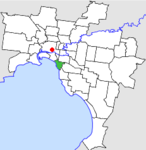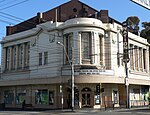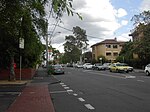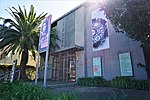St Kilda, Victoria
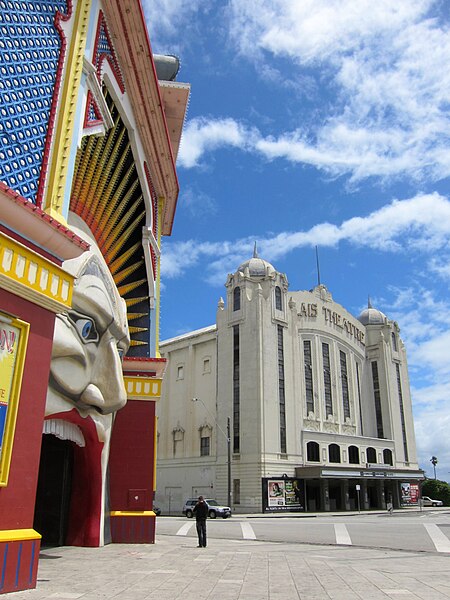
St Kilda is an inner seaside suburb of Melbourne, Victoria, Australia, 6 km south-east of the city's Central Business District. Its local government area is the City of Port Phillip. As of 2016 Census, St Kilda has a population of 20,230. The Traditional Owners of St. Kilda are the Yaluk-ut Weelam clan of the Boon Wurrung people of the Kulin Nation.St Kilda was named by Charles La Trobe, then superintendent of the Port Phillip District, after a schooner, Lady of St Kilda, which moored at the main beach in early 1842. Later in the Victorian era, St Kilda became a favoured suburb of Melbourne's elite, and many palatial mansions and grand terraces were constructed along its hills and waterfront. After the turn of the century, the St Kilda foreshore became Melbourne's favoured playground, with electric tram lines linking the suburbs to the seaside amusement rides, ballrooms, cinemas and cafes, and crowds flocked to St Kilda Beach. Many of the mansions and grand terraces became guest houses, and gardens were filled in with apartment buildings, making St Kilda the most densely populated suburb in Melbourne. After World War II, St Kilda became Melbourne's red-light district, and the guest houses became low-cost rooming houses. By the late 1960s, St Kilda had developed a culture of bohemianism, attracting prominent artists and musicians, including those in the punk and LGBT subcultures. While some of these groups still maintain a presence in St Kilda, since the 2000s the district has experienced rapid gentrification, pushing many lower socio-economic groups out to other areas, with the suburb again being sought after by the wealthy. Since at least the 1950s, the suburb has been the axis of Melbourne's Jewish community.St Kilda is home to many of Melbourne's visitor attractions including Luna Park, St Kilda Pier, the Palais Theatre and the Esplanade Hotel. It hosts many of Melbourne's big events and festivals.
Excerpt from the Wikipedia article St Kilda, Victoria (License: CC BY-SA 3.0, Authors, Images).St Kilda, Victoria
Inkerman Street, Melbourne St Kilda
Geographical coordinates (GPS) Address Nearby Places Show on map
Geographical coordinates (GPS)
| Latitude | Longitude |
|---|---|
| N -37.864 ° | E 144.982 ° |
Address
Inkerman Street 68
3182 Melbourne, St Kilda
Victoria, Australia
Open on Google Maps
